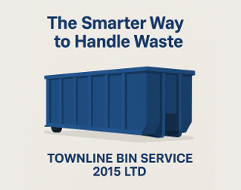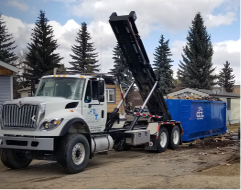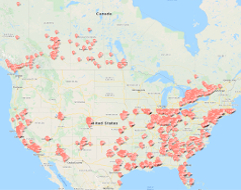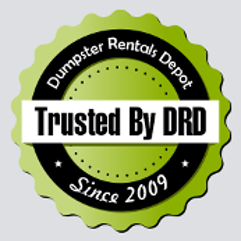ABC of Paper Recycling for Kids: Paper Into Paper.
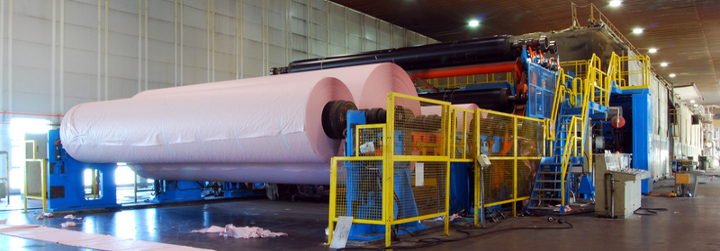
A recycling mill using wastepaper or rags works in a similar way to a mill using logs or hemp (sometimes called "virgin materials"). The central idea is still to break down the raw materials so thoroughly that all the tiny fibers are separated and weakened. Just as when wood chips are used, the waste is mixed with huge quantities of water and reduced to a pulp, before being passed through tanks to be cleaned. It is easy to see that breaking down waste paper is quicker and easier than breaking down wood. This is one way that savings of fuel and energy are made.
However, pulp made from recycled paper does present an important problem of its own. People who give their waste paper for recycling are asked to remove things such as
paper clips or rubber bands, and mills recycling magazines have a way to remove staples. Other things are harder to get rid of. Mixed in with the fibers are various substances added when the original product was made. Non solvent glues are particularly difficult to deal with as they clog up the pulping equipment. This is why bulky telephone directories and catalogs, which are bound with lots of glue, are unsuitable for re-pulping. Perhaps the most obvious contaminant of wastepaper is printer's ink. In order to remove it, detergents are bubbled through the pulp in a process called "deinking." The pulp may also be bleached, or whitened, with chlorine, hydrogen peroxide or sulfur dioxide. It then has to be washed and mixed again, before going forward to be sieved and dried.
Left behind is a sludge full of chemicals, detergent, bleaching agents, and ink. If discharged into rivers and lakes, this sludge can poison plant and animal life. It, too, needs to be treated and disposed of responsibly. Unfortunately, some paper mills have a bad record of causing the pollution of inland waterways. The process of recycling is not without hazards.
As we have seen, the various grades of wastepaper are recycled separately and put to specific uses. It is not possible to make fine art paper out of old newspapers, for instance. Low-quality fiber is suitable for making newsprint, or fiberboard, or egg cartons. High-quality fiber can be recycled into stationery-writing paper, envelopes, office paper. Other grades go into the making of packaging, paper tissues, toilet rolls and kitchen paper. Some products, including egg cartons, insulation materials, low-quality newsprint and packaging, are made entirely of recycled materials. But it is more usual for pulp from recycled fibers to be mixed with pulp from "virgin" materials. The reason for this is explained in the post “What’s The Limit”
Taking a moment I would like to thank environmentally concerned Dumpster Rentals Depot companies for the great help with collecting material, preparing and publishing this series of posts: Portable Sanitation Solutions , Reliable Junk Haulers , Bin Rental & Junk Hauling Solutions and Roll Off Containers & Junk Removal in Edmonton, AB .
- Published: 2012-08-03T11:11:17-07:00
- Author: Laura Schmidt, Dumpster Rentals Customer Supp
